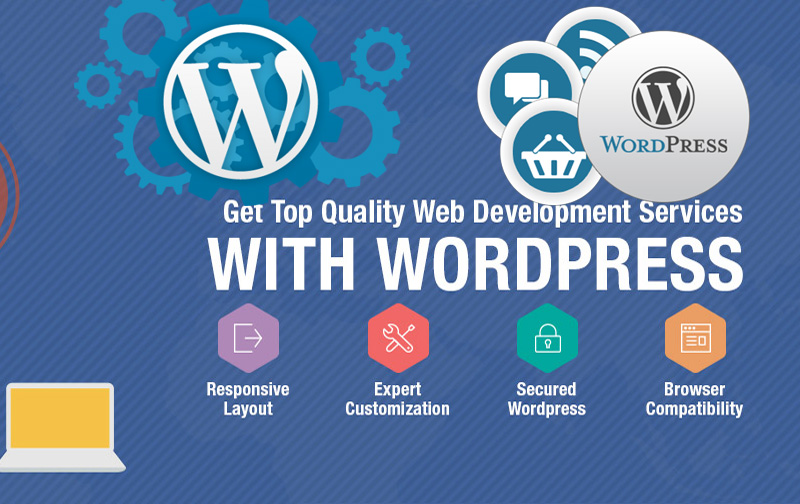Cenet Whispers
Your source for the latest insights and trends.
WordPress Development: Building Dreams One Plugin at a Time
Unlock the secrets of WordPress development and transform your ideas into reality—one powerful plugin at a time!
The Essential Guide to Creating Custom WordPress Plugins
Creating custom WordPress plugins can significantly enhance the functionality of your website, catering to your specific needs. Before diving into the development process, it's essential to understand the backbone of WordPress, which is built on PHP. Familiarizing yourself with PHP and the WordPress Codex will make the plugin development journey smoother. Once you grasp the basics, start by outlining your plugin's core features. Create a plugin folder within the /wp-content/plugins/ directory and set up a basic PHP file with a defined header. This header will inform WordPress about the plugin's name, version, and description.
Next, focus on coding your plugin's functionality. Utilize **hooks**, such as actions and filters, which are crucial in WordPress for modifying behaviors without altering core files. For instance, if you want to add custom functionality to a specific area of your WordPress site, write functions and attach them to the appropriate hooks. After completing your code, it's vital to test your plugin thoroughly to ensure compatibility with various themes and other plugins. Lastly, make sure to follow best practices for security and performance, and consider releasing your plugin in the WordPress repository for others to benefit from your creation.

Top 10 Must-Have Plugins for Every WordPress Site
When it comes to building a successful WordPress site, the right plugins can make all the difference. In this article, we will explore the top 10 must-have plugins that every WordPress site should consider implementing. These plugins enhance functionality, boost SEO, and improve site performance, allowing you to focus on creating great content. From security to performance optimization, these essential tools can streamline your workflow and ensure your site runs smoothly.
- Yoast SEO: This powerful plugin helps you optimize your content for search engines, making it easier for users to find your site.
- Wordfence Security: Keep your site safe from hackers with comprehensive security features offered by this plugin.
- WooCommerce: For businesses looking to sell online, WooCommerce provides all the tools you need to create a professional e-commerce store.
- Elementor: A drag-and-drop page builder that enables you to create stunning layouts without any coding skills.
- WP Super Cache: Speed up your website with this caching plugin that generates static HTML files.
- UpdraftPlus: Ensure your data is safe with automated backups and easy restoration options.
- Contact Form 7: Easily create and manage multiple contact forms to enhance communication with your visitors.
- MonsterInsights: Get detailed site analytics directly in your WordPress dashboard with this Google Analytics plugin.
- Smush: Optimize your images to improve loading times without sacrificing quality.
- WP Rocket: An all-in-one performance plugin that helps your site load faster and improves user experience.
How to Improve Your WordPress Site's Performance with Plugins
Improving your WordPress site’s performance is essential for keeping visitors engaged and enhancing your search engine ranking. One of the most effective ways to achieve this is by leveraging the right plugins. Start by installing a caching plugin, such as W3 Total Cache or WP Super Cache, which helps to generate static versions of your content, reducing server load and improving page loading times. Additionally, consider using an image optimization plugin like Smush to automatically compress and resize images, ensuring they don’t slow down your site.
Another way to boost your WordPress site’s performance is by implementing performance monitoring plugins, such as Query Monitor or New Relic. These tools allow you to analyze your site's speed and performance metrics, helping you identify potential bottlenecks. Finally, do not overlook the importance of regularly updating your plugins and themes, as outdated software can lead to security vulnerabilities and performance issues. By using the right combination of plugins and keeping everything up to date, you can significantly enhance your WordPress site’s performance.